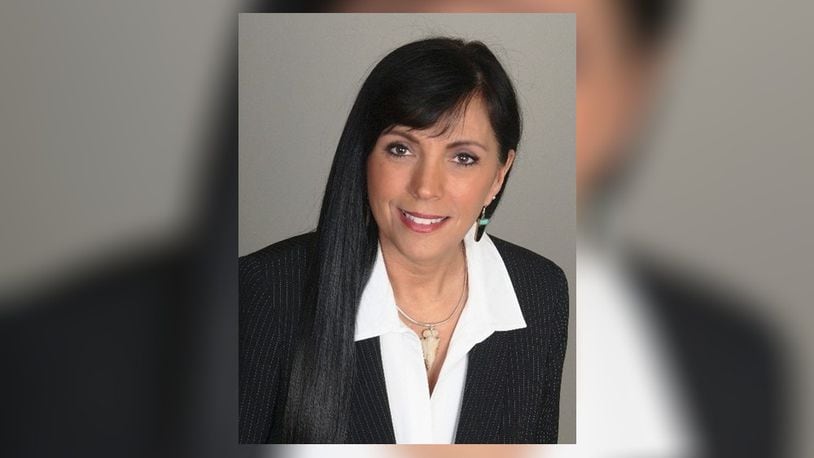In December 2022, YWCA Hamilton opened the doors of a new facility for Dove House. That structure includes 15 secure one-bedroom apartments for survivors of domestic violence and their children. When that facility opened, one young mother told of how her ex-boyfriend, the father of her children, repeatedly attacked her in front of the children – choking her, burning her with cigarettes, throwing things at her, until she finally left, seeking safety.
The good news is that the new Dove House facility essentially doubles the size of our previous emergency shelter. But that was done in part by YWCA Hamilton raising private donations to finish the inside of the facility, including the apartments, playground area and offices.
Even with that new building, demand for emergency shelter far exceeds our capacity. Every month, we get 100 to 130 calls seeking help, but we only have space to shelter 15 families. We simply need more public funding to meet this crucial need.
Helping survivors transition from emergency shelter to a stable, safe housing of their own and to access support services in the community also is key, to prevent food insecurity and to keep the heat and electricity on.
With the cuts in federal funding, we lost case management for housing – a service that’s so valuable, particularly when affordable housing is so difficult to find. As support grows, our deepest hope is to build safe, affordable housing on our Hamilton campus for families fleeing domestic violence.
I urge the citizens and legislators of Ohio to support effort by Ohio’s governor and attorney general to increase funding for domestic violence service by $20 million over the next two years. Why?
First, lives are at stake – including those of children. In the fiscal year ending in June 2022, Ohio reported 81 victims killed in domestic violence cases, along with 31 perpetrators. The victims ranged in age from a 90-year-old woman to 22 children – the greatest number of children killed in domestic violence incidents ever in a year in Ohio. Six of those fatalities were just babies, including a day-old infant.
We need to do better. Last year, because of insufficient funding, domestic violence shelters across Ohio had to turn away about 35% of survivors – about one in three – who sought refuge at one of the state’s emergency shelters.
Second, it’s step towards bringing our state closer to spending parity with surrounding states.
Currently, Ohio spends 32 cents per capita on domestic violence services, compared with 92 cents for Indiana, $1.41 for West Virginia, $1.56 for Pennsylvania and $2.54 for Kentucky.
The additional line-item funding would bring Ohio’s per capita rate up to 85 cents – a big improvement, and closer to what surrounding states already spend.
Third, spending this money now makes sense for taxpayers. It will reduce the costs that domestic violence exacts for medical care, law enforcement and emergency medical response, property damage and more. And it will keep our children from the trauma of witnessing violence in their families and homes, and from perpetuating that cycle of violence in their own lives and in our community in the years to come.
Wendy Waters-Connell is chief executive officer of YWCA Hamilton, which operates the Dove House domestic violence shelter.
About the Author
